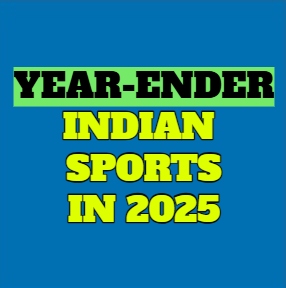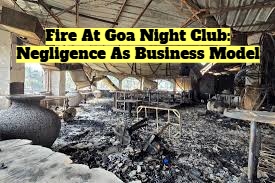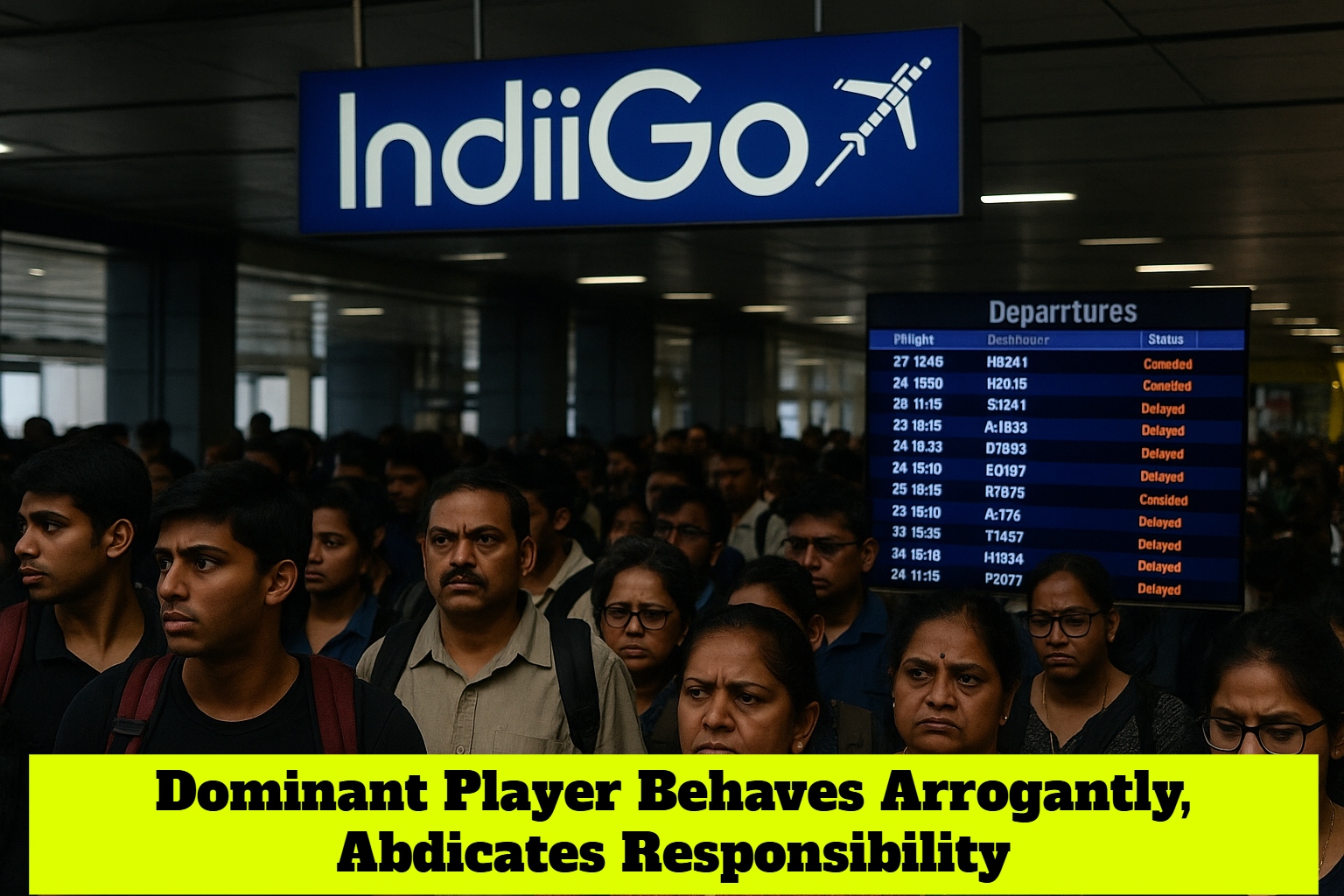

Narendra Modi Paints India Saffron, Again
The Opposition lost as they failed to read the mood of the people By Sunil Garodia
First publised on 2019-05-23 13:00:49
The 2019 elections will be remembered as one that the opposition lost due to their constricted views and misreading of the mood of the people more than one that the incumbent won through his good record. Narendra Modi, arguably, rides above all other political leaders in India like a colossus. His personal popularity was as high as 56% in March 2019. In contrast, Rahul Gandhi enjoyed the faith of just 7% of respondents in the March poll. But could the same be said for his government? Make no mistake, this vote is not for the NDA or the BJP. This is a vote for Modi, the man hated by his political opponents and the liberal class, or the "Khan Market gang" as Modi recently called them, but, as the results show, loved by a large cross-section of the people almost across the country now, barring some states in the south.
The achievements and failures of the Modi sarkaar
The NDA government had failed on many fronts. There was the ill-conceived demonetization, the hastily implemented GST, joblessness, widespread farm distress, incomplete projects and unfulfilled promises. Yet, the opposition allowed him to get off the hook and emerge victorious. They allowed Modi to set and change the narrative as per his wish. He led them up blind alleys and they did not know how to respond. In many cases, they responded in a manner that served his purpose he immediately branded them anti-national. This is not to say that the NDA did nothing good. Inflation was kept under check despite rising oil prices, there was good implementation of the Swacch Bharat Abhiyan, the GST was brought in line efficiently after the initial hiccups, benefiting all except the traders who did all their business in black, the Insolvency Code was implemented, foreign policy vis-à-vis Pakistan and terrorism was suitably altered to show that India will not take terrorist attacks lying down and the Ujjwala scheme to provide cooking gas to poor households.There were other welfare schemes like Ayushman Bharat, the Prime Minister Aawas Yojana, the pension scheme for workers of the unorganized sector and the PM Kisan Samman Nidhi that benefited a large number of families. Unnecessary laws were taken off the statute books. There were other economic reforms that did not directly affect the people but went a long way in improving the ease of doing business. But the opposition could have collared Modi on his failures that hurt the people. They completely failed to do so.
The Opposition chose to hit Modi where he could not be hit
No one can dispute that NCP leader Sharad Pawar is one of the most astute politicians in the opposition ranks. Nearly six months back, he had caught the pulse of the people when he said that whatever be the other reasons the people might dislike Modi for, the common refrain at the grassroots was that the man was not corrupt. Yet, Rahul Gandhi made the alleged malpractices in awarding the Rafale deal as the main plank of his 2019 campaign. When Modi called himself the chowkidar of the nation, Rahuls spin doctors gave him the slogan chowkidar chor hai which he started using with almost child-like glee. Worse, the slogan was picked by other political parties and it began to be used all over India. This was the biggest mistake the opposition made. They tried to hit Modi where he was most secure the general perception was that Modi was not corrupt and had run the cleanest government in recent times. This took the wind out of the sails of the oppositions main charge and Rahul will not want to see the videos of his rallies, where he held aloft a Rafale jet replica and asked the crowd to chant chowkidar chor hai with him, any time in future.
Asking for proof for the Balakot strikes was a big blunder
Then Balakot happened as a result of the terrorist attack on a CRFP convoy near Pulwama in J&K. The opposition completely lost the plot in the aftermath and reacted in the manner Modi wanted them to. Some started questioning the timing of the Pulwama terror attack (as if it was engineered by the government) while most started demanding proof of the strikes. The Pulwama attack should have alerted the opposition that the NDA government, as per its policy and as seen after the Uri attack, would not sit back but plan a surgical strike. They should have prepared a reasoned response. But when they started demanding proof of the Balakot strikes, they played straight into Modis hands. He immediately dubbed them anti-national for questioning the valor of the IAF. A tour of the Hindi heartland during the elections has confirmed this correspondents view that the general public was greatly disturbed by the oppositions response to the Balakot strikes. This was the second blunder that the opposition parties made.
Not being united was an additional handicap
Another blunder that the opposition made was to stay disunited in the face of concrete evidence that there were hundreds of seats where a united opposition candidate would have trumped the BJP. The trailer was provided in Gorakhpur and Phulpur for the Lok Sabha and Kairana and Noorpur for the UP assembly. While the Samajvadi Party and the Bahujan Samaj Party did manage to release the whole film by tying up for the 2019 polls (though they could not reap the expected benefits due mainly to their response to the Balakot strikes and the fighting on the ground between workers of SP and BSP), the rest of the opposition, apart from the already existing UPA, could not stitch an alliance. Despite hectic parleys, the leaders of the opposition could not bring Mamata Banerjee, K Chandrasekhar Rao, Arvind Kejriwal and Naveen Patnaik on board. The Congress, dulled into a false sense of security by its successes in the assembly polls in Rajasthan, Madhya Pradesh and Chhattisgarh, started showing its arrogance (to such an extent that it even alienated Telugu Desams Chandrababu Naidu who had left the NDA in the hope of bagging prime position in the UPA) while some of the regional parties, bent on protecting their own turfs, started playing hard-to-get. The failure to get an alliance in place in Delhi was the worst. The opposition parties failed to realize that in order to achieve the narrow objective of holding on to their home turf, they were losing sight of the broader objective of defeating what they called the most divisive and disruptive government in Indian history. The end result is for all to see the regional parties like TMC and BJD could not prevent the BJP from making massive in-roads in their citadels and the MGB in UP saw its caste arithmetic lose to Modis geometry, something that could have been prevented or at least minimized if they had conceded some seats to other parties mainly the Congress to have a broader alliance in place.
Did they have anyone to match Modi's charisma?
Further, the opposition parties failed to realize that with a person like Narendra Modi leading the charge from the BJP camp, it was certain that the elections would acquire a presidential election type hue. By not naming a prime ministerial candidate (although in hindsight it would not have mattered as they had no one to match Modis charisma), they allowed Modi to dismiss them as mahamilavat. He made fun of the opposition in rally after rally by asking who would be prime minister if they won. He also told the public that the opposition was trying to come together only because of their intense hatred for him. He successfully instilled in their minds that the opposition had no plans or policies on how they would rule the country. They were working only to dislodge him from power. Yet the opposition kept saying that they would decide on who would be prime minister only after the elections. Perhaps, the opposition did not want to risk naming anyone because no one had all-India acceptability. The Congress will dispute the fact by saying that Rahuls popularity ratings had jumped, but a jump from 3% to 7% counts little when the man in the other corner was riding high at 56%.
Modi's primer on how to beat anti-incumbency
In the 2019 elections, Narendra Modi has taught the opposition all the tricks that an incumbent should do to outfox and out-maneuver his opponents. Atal Behari Vajpayee had lost in 2004 and he had a much better record of governance and economic performance than Modi. At that time, the BJP had won 138 seats and the Congress 145. Yet the Congress could form the government due to the alliances it had in place. In 2019, Rahul could not stitch alliances and that cost him dearly. His biggest mistake was that he tried to match Modi. The people, through their votes, have told him that he is not even a patch on the Prime Minister. As for the regional satraps, they have been taught that the constricted thought of caste combination, regional loyalty or minority appeasement is not going to work anymore in the face of the new definition of nationalism that the BJP is putting in place. They have also been shown that the more they appease the minorities, the more they help the BJP in consolidating the Hindu vote, caste notwithstanding. By campaigning in his own style and on his own terms in these elections and winning big, Narendra Modi has provided political commentators, psephologists and management students with truckloads of material for studying, analyzing and writing on.











